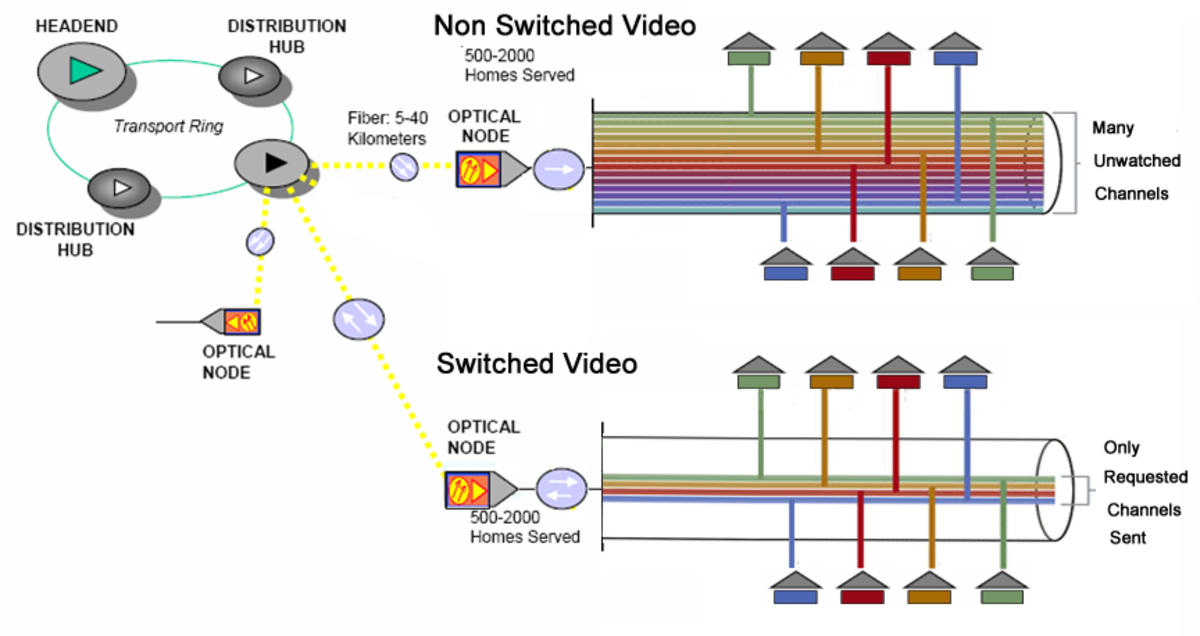Really Simple Project Management
Really Simple Project Management
Really Simple Project Management
You know how it feels when you are really busy doing lots but getting nothing done?
You start something get distracted, do a bit of some thing else get, distracted etc. You get the picture. So we try follow all the old tricks:
Keep a Diary
Setup 15 minute timeslots for all those things you need to do. Check off those items that are complete. But the 11.15 slot cannot be completed because something else needs to be done first. Example pay the utility bill but the utility bill has not arrived yet. Why? Because you ran out of time yesterday and did not go to the post box. Sounds familiar?
Do Lists
So we draw up a schedule of do lists not dissimilar to the diary approach. We List everything that needs to be done. Now we categorize those lists into categories:
- Critical must do
- Must do but can wait
- Not so essential
- Nice to be able to do
Now we prioritise the list and check off the items as they are done but phone calls and unplanned events soon interfere with your plans to do things.
The Complex tasks
Here we have an activity that is not a single item but has many items so which cannot take place until another activity takes place. If you have multiple resources eg it is a family activity you can allocate role players (other family members) to take responsibility for tasks. Some tasks can take place in parallel and have an impact only on completion of the last parallel activity. This starts to get kind of difficult to manage.
How to manage this Complex Project
- Define the end goal
Make a statement of what is required and why. Also state how long this should take.
Commit this goal to writing and get all the stake holders to agree on the initial motivation and end goal.
- What will the project cost?
Define all the resources needed to complete the job. If you are painting the house draw a requirements list e.g. paint, colours needed, estimated number of cans required, brushes rollers, ladders.etc . commit this requirements list to writing and tote up the costs.
Decide if you can afford the project. That is once you made the requirements list and cost is the project still feasible? Nothing is worse than enthusiastically starting an initiative and running out of resource halfway through.
- Who will be involved?
Define who will do what. Define each role player and their task. Example Fred will clean the brushes every day. Jane will prepare the woodwork around the windows and skirting boards. Commit this to writing and get everyone to agree their roles and responsibilities.
- Draw up a schedule.
List all the tasks start dates, estimated length and finish dates.
Set up achievable targets (Milestones)
List all the dependencies (you cannot paint the woodwork until the woodwork has been prepared).
List the parallel tasks.
You may want to put this into a project schedule like Microsoft project or you can google "Free Project planning software". Download one of them
Let it calculate the the time it will take.
Draw up acceptable agreement criteria (sign off's) for each milestone.
Draw up a completion sign off agreement.
Yes - plan the end at the beginning!
- Agree Project Kick off date
Have a project kick off meeting and agree a start date.
Make sure everyone understands their roles and responsibilities
- Measure Progress
Once the project is underway measure progress by calling regular meetings and look at progress against the milestones. If milestones are missed, set up a catch up plan or agree to delay other milestones and adjust your milestones accordingly.
It might be useful to minute these meetings to record who needs to do what and by when and use this and the updated project plan to evaluate progress.
Draw up a list of risks and issues.
Example : Fred is sick, brushes are not getting cleaned, make a contingency plan. Mary you are not too busy yet please help wash the brushes. You get the general idea
Be honest in your progress measurement.
- Complete The Project
When the agreed completion criteria are met, sign off the project completion agreement. Write a report on what went right and what went wrong ( lessons learned) so that should you do the same thing in the future you will know what to do and what not to do.
This is really simple project management and can be used effectively for most small projects and with some modification larger ones too.









